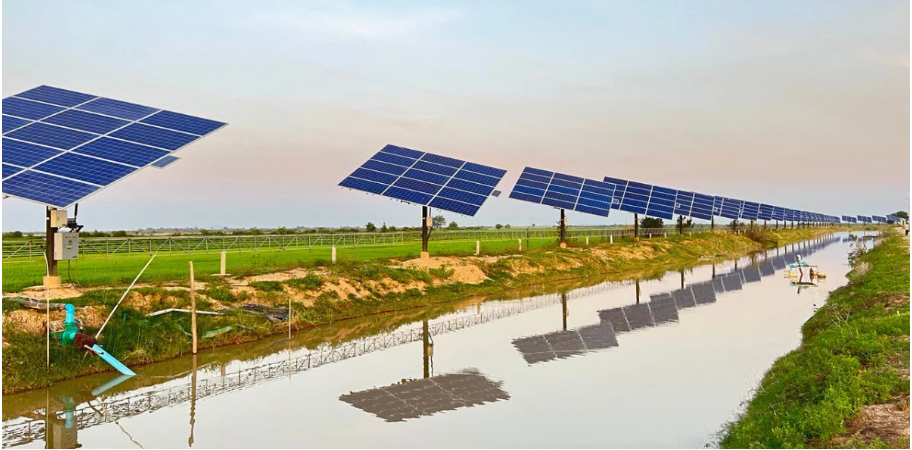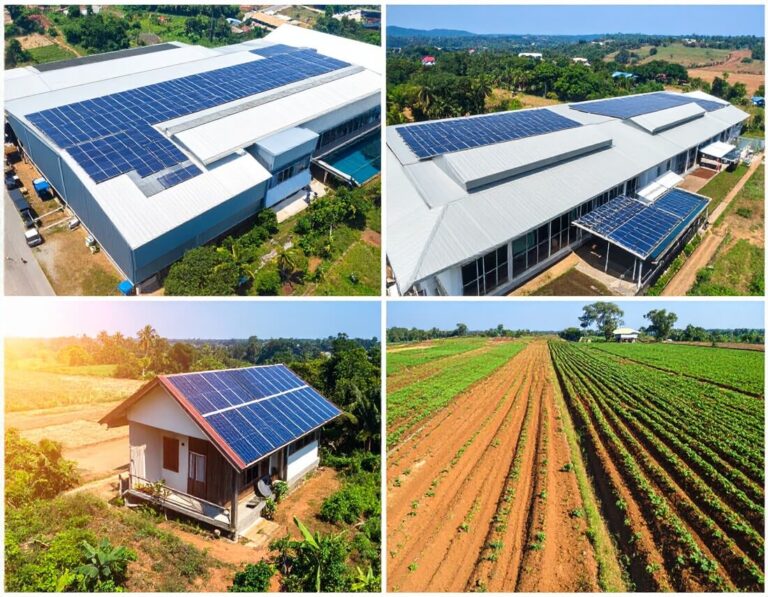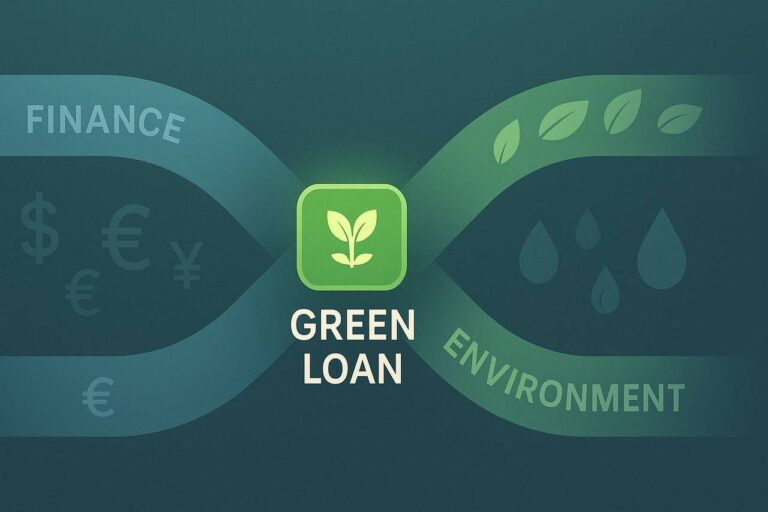How Cambodian Banks Are Financing the Green Energy Revolution

Cambodia is at the forefront of a green energy transformation, striving to balance economic growth with environmental sustainability. As the country’s energy demand rises, reliance on fossil fuels remains a challenge. However, Cambodian banks and financial institutions are stepping in to finance the transition to renewable energy. Through green loans, government-backed initiatives, and international partnerships, these financial entities are playing a crucial role in shaping Cambodia’s sustainable future.
This article explores how Cambodian banks are fueling the green energy revolution, the key players involved, and the impact of green financing on businesses and communities.
- 1. The Growing Need for Green Energy Financing in Cambodia
- 2. Key Cambodian Banks and Institutions Supporting Green Energy
- 3. Case Studies: How Green Loans Are Transforming Cambodia
- 4. Government Policies and Incentives for Green Financing
- 5. Future Outlook: What’s Next for Green Banking in Cambodia?
- Conclusion
1. The Growing Need for Green Energy Financing in Cambodia
Cambodia’s rapid economic development has led to a significant rise in energy consumption. Traditionally dependent on coal and imported electricity, the country is now focusing on renewable energy sources such as solar and hydropower.
- Rising Demand: With a growing population and expanding industries, Cambodia’s electricity demand has surged over the past decade.
- Government Commitments: The Power Development Plan 2022-2040 outlines ambitious targets for increasing renewable energy capacity, aiming for an 800% increase in solar energy by 2040.
- Challenges in Green Financing: High upfront costs, limited infrastructure, and lack of awareness about sustainable financing options remain key barriers.
To overcome these challenges, financial institutions are stepping in with tailored solutions for green energy investment.
2. Key Cambodian Banks and Institutions Supporting Green Energy
Several banks and microfinance institutions (MFIs) in Cambodia have developed green loan programs to encourage businesses and individuals to adopt renewable energy solutions.
READ MORE: What Is Green Banking? A Look at Sustainable Finance in Cambodia
National Bank of Cambodia (NBC) & IFC Partnership
The National Bank of Cambodia has partnered with the International Finance Corporation (IFC) to develop a national taxonomy for green assets. This initiative aims to:
- Define green lending criteria.
- Provide training for financial institutions on environmental, social, and governance (ESG) risk management.
- Support banks in integrating sustainable finance principles.
Microfinance Institutions Leading the Way
Cambodia’s MFIs are playing a critical role in making green financing accessible to small businesses and rural communities:
- AMK Microfinance Institution Plc: Secured a $7.5 million green loan to support clean transportation and renewable energy projects. Funding is directed toward electric three-wheelers, solar energy for irrigation, and biogas electricity installations.
- BNKC (Cambodia) Microfinance PLC: Offers solar loans with amounts up to $30,000 for households and businesses looking to install solar panels.
- Agricultural and Rural Development Bank (ARDB): Provides Green Loans ranging from $500 to $200,000, with competitive interest rates to support sustainable agricultural practices.
Association of Banks in Cambodia (ABC) & Capacity Building
In collaboration with IFC, the ABC has launched training programs on ESG risk management and sustainable finance taxonomy. Over 100 banking professionals have participated in these initiatives to enhance their expertise in green financing.
3. Case Studies: How Green Loans Are Transforming Cambodia
Real-life examples showcase the impact of green financing on businesses and communities:
- Solar-Powered Irrigation: Farmers in rural Cambodia have leveraged ARDB’s Green Loans to install solar-powered irrigation systems, reducing reliance on diesel pumps and lowering operational costs.
- Electric Transport Solutions: AMK’s green loan initiative has enabled small transport businesses to replace gasoline-powered vehicles with electric alternatives, cutting emissions and fuel expenses.
- Rural Electrification: BNKC’s Solar Loans have empowered off-grid communities to access affordable solar home systems, improving quality of life and economic opportunities.
4. Government Policies and Incentives for Green Financing
The Cambodian government has introduced several policies to encourage investment in renewable energy:
- Tax Incentives: Companies investing in renewable energy projects receive tax breaks and import duty exemptions.
- 520 MW Renewable Energy Projects: The government has approved multiple large-scale renewable projects, including solar farms and hydropower plants.
- Foreign Investments: International investors and development banks, such as the Asian Development Bank (ADB), are actively financing Cambodia’s green energy transition.
These policies create a favorable environment for financial institutions to expand their green financing initiatives.
5. Future Outlook: What’s Next for Green Banking in Cambodia?
The future of green banking in Cambodia looks promising, with banks increasingly integrating sustainability into their financial strategies:
- Growth in Solar and Hydropower Investments: The government’s roadmap indicates a steady increase in renewable energy projects.
- Digital Banking and Fintech in Green Finance: The rise of digital lending platforms is expected to make green loans more accessible.
- Challenges and Opportunities: While green financing faces challenges such as risk assessment and infrastructure limitations, the opportunities for economic and environmental gains outweigh the obstacles.
Conclusion
Cambodian banks are playing a crucial role in financing the country’s green energy revolution. Through innovative loan products, strategic partnerships, and government-backed initiatives, they are making renewable energy more accessible and affordable. Businesses and individuals looking to invest in green energy solutions can benefit from the various financing options available.
As Cambodia progresses towards its sustainability goals, the continued collaboration between banks, the government, and international stakeholders will be key to ensuring a successful and resilient green energy transition.
Are you a business or individual looking to invest in green energy? Explore the financing options available with Cambodian banks and take a step towards a sustainable future today!



